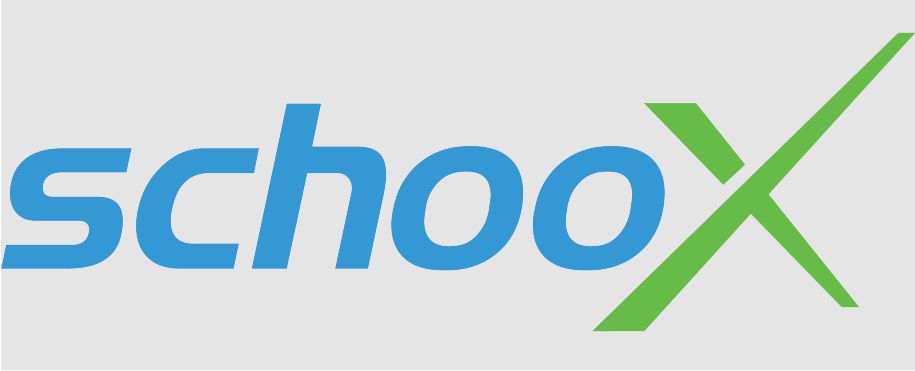If you’re a trainer or educator, you’ll have plenty of tools in your arsenal for delivering effective learning. But does your L&D toolkit meet a diverse range of needs? Do they serve different types of learners? Or work across multiple platforms? Or use the multitude of technologies right at our fingertips? In other words, how comprehensive is your L&D toolkit?
Here are 10 of our top tech L&D tools that can enhance your organization’s toolkit
1. Course authoring tools
Course authoring tools are software programs that allow you to create learning content and entire courses for the end-user. These are key tools for leveraging interactive eLearning development. The software is more comprehensive than a SCORM package or video content and offers a wide variety of interactive activities. Some examples of course authoring tools include Adobe Captivate and Rise 360.
2. Content development tools
Content development tools like Adobe Creative Cloud give you the ability to embed more diverse and interesting content types in your learning platforms. Other platforms like Visme allow you to create fun presentations, infographics, and videos. Doodly is a ‘whiteboard animation’ program where you can create professional-looking doodle videos, even if you have little design or technical skill.
3. Learning platforms
The learning platform is the whole system of tools that work seamlessly together to deliver a student-centric learning experience. Schoox is a learning platform. Learning platforms are evolving quickly, building off of the foundational functionality established in the traditional LMS and bringing in other innovations to enhance the administrator’s ability to deliver more dynamic learning experiences.
4. Online video repositories
Repositories such as YouTube, Vimeo, and TED contain huge volumes of quality content. Rather than spending time and money creating new content, spend some time researching and then pointing learners to freely available, existing, and useful content.
5. Online communities
In the L&D arena, community and collaboration are key components for providing the best learning experiences. Harnessing social media’s potential within your learning management system, for example, gives L&D, trainers, managers, and even executives an opportunity to connect with other people, get different perspectives, share ideas, and perhaps leave with a solution to a problem. You can create meaningful communities internally within your L&D activities through online peer-to-peer coaching, informal group learning, or by facilitating informed discussions between trusted and disparate colleagues. Encouraging learners to share how they’re progressing supports their development and often furthers their learning journeys.
6. Video meeting tools
Many organizations added the now ubiquitous video meeting tools, such as Skype, Zoom, Go-To, and WebEx, into their learning strategies this year. These tools allow L&D professionals to connect to people, retain engagement, and facilitate interaction in a live, real-time space.
7. Gamification software
Motivating learners to pay attention to training can be exceptionally difficult but by getting participants to interact with training elements, you can feel more secure that they’re reaching their learning goals. Gamification software or game-based learning such as Kahoot! can leverage the interactive and good-natured competitiveness of your learners.
8. Collaboration and communication tools
Communication with learners is key. Collaboration tools such as Slack, Yammer, and Teams provide virtual workspaces made up of channels, where your learners can communicate and work together in an instant messaging environment. Here you can send messages and share files, as well as create channels private for one-on-one conversations.
9. Forms and surveys
While live feedback and polls can aid learning in the moment, using forms, surveys and data collection software can help you evaluate the effectiveness of your training so you can continually improve and optimize over time.
10. File sharing and office software
On a daily basis, people use standard workhorse tech tools that you might not consider an L&D tool. File sharing (like Dropbox and Google Drive) and office tools and suites (including Microsoft Office, Google Workspace, and Open Office) are common, but does everyone in your organization use these tools in the same way? Deploying these tools strategically makes them more efficient and valuable, so consider a uniform approach across the organization.
Taking stock of your L&D toolkit
There are so many tools available to extend and enhance the learning experience. So, it’s important to take stock of your L&D toolkit before adding too much technology. Once you’ve audited your existing training tools, you may be able to identify some gaps, either in the kinds of training you create or the technology you’re under-using. From here, you can consider what tools you can build into your business to improve training and enhance learning experiences.
This article was sponsored by:




